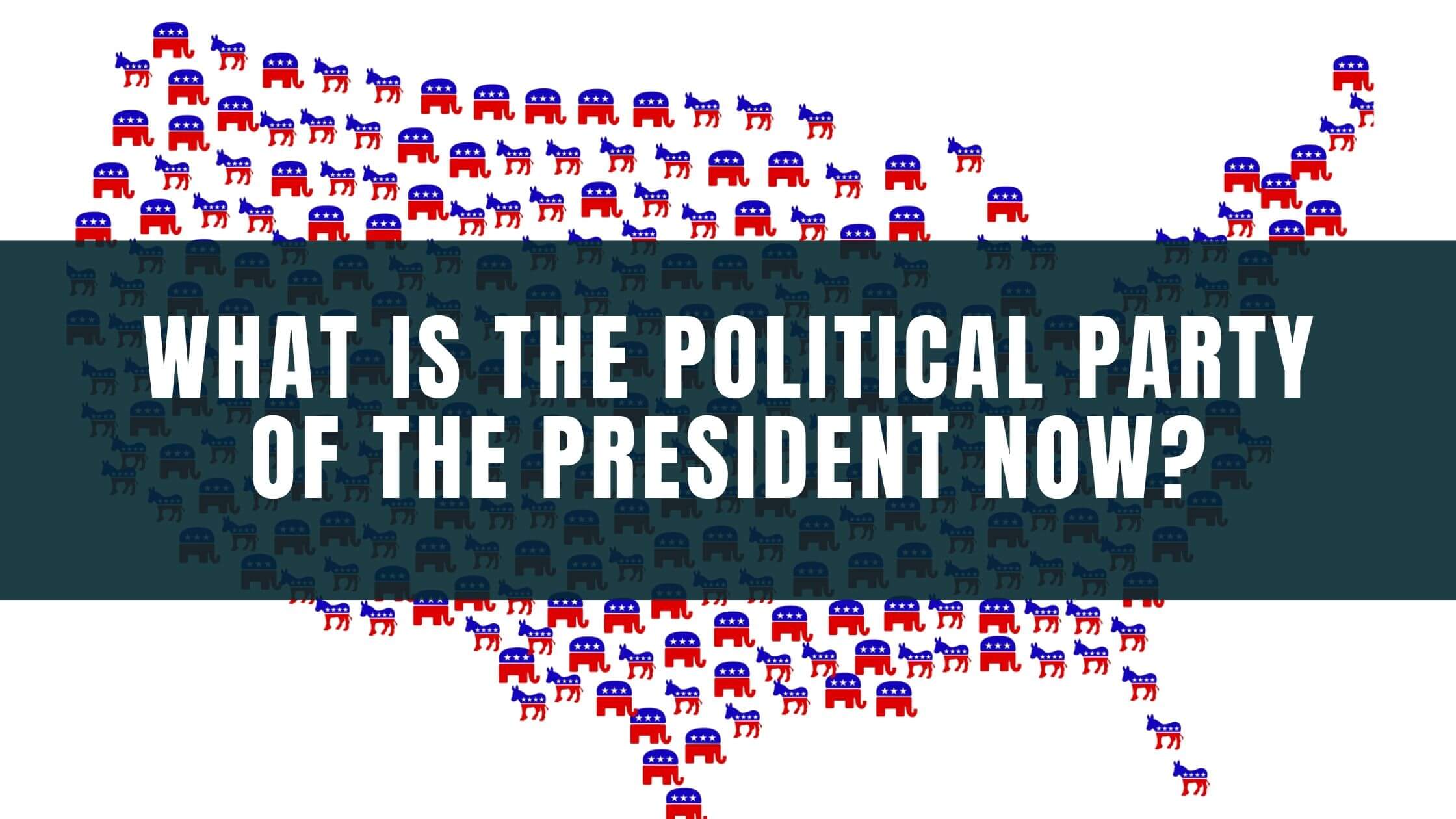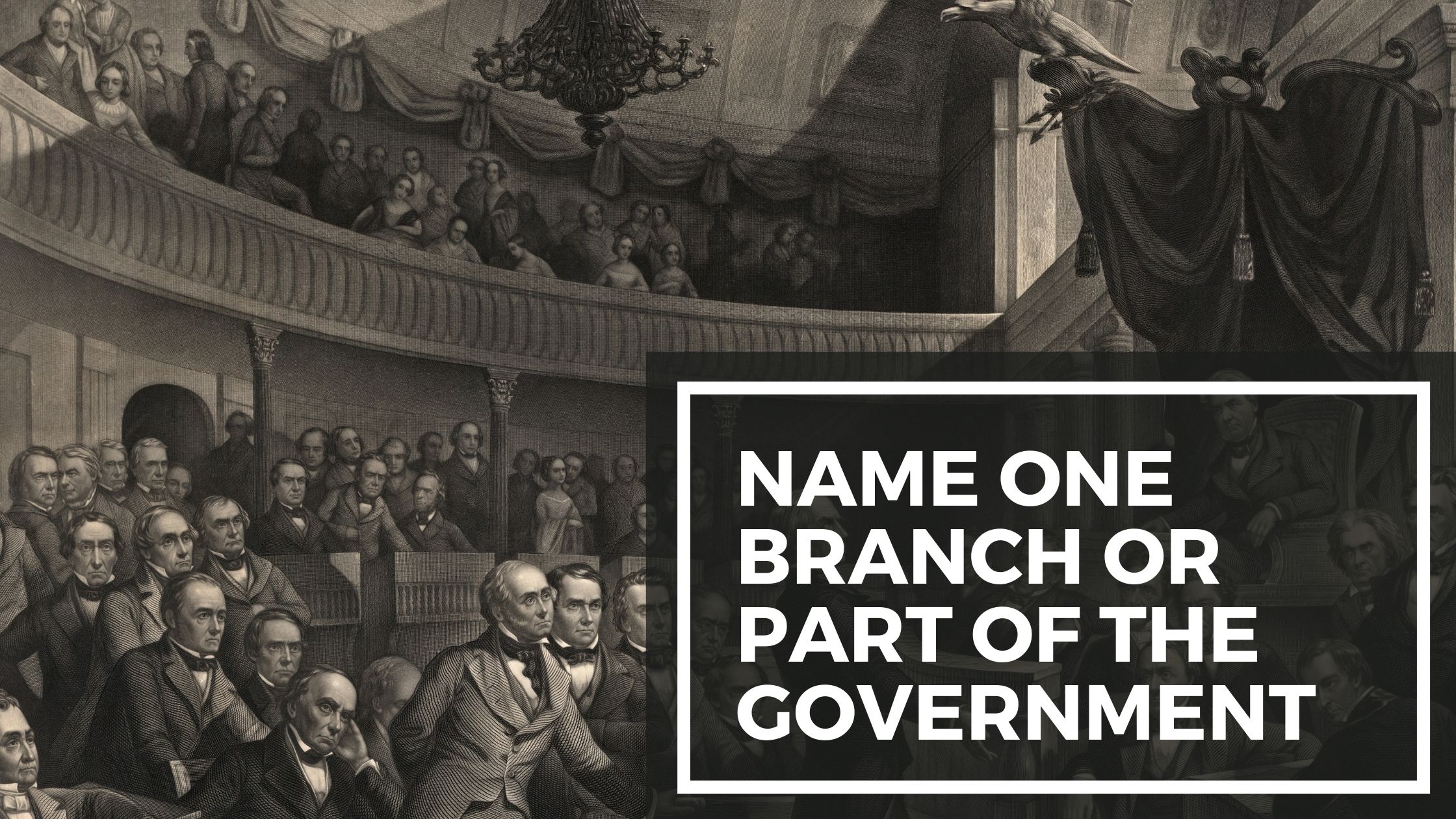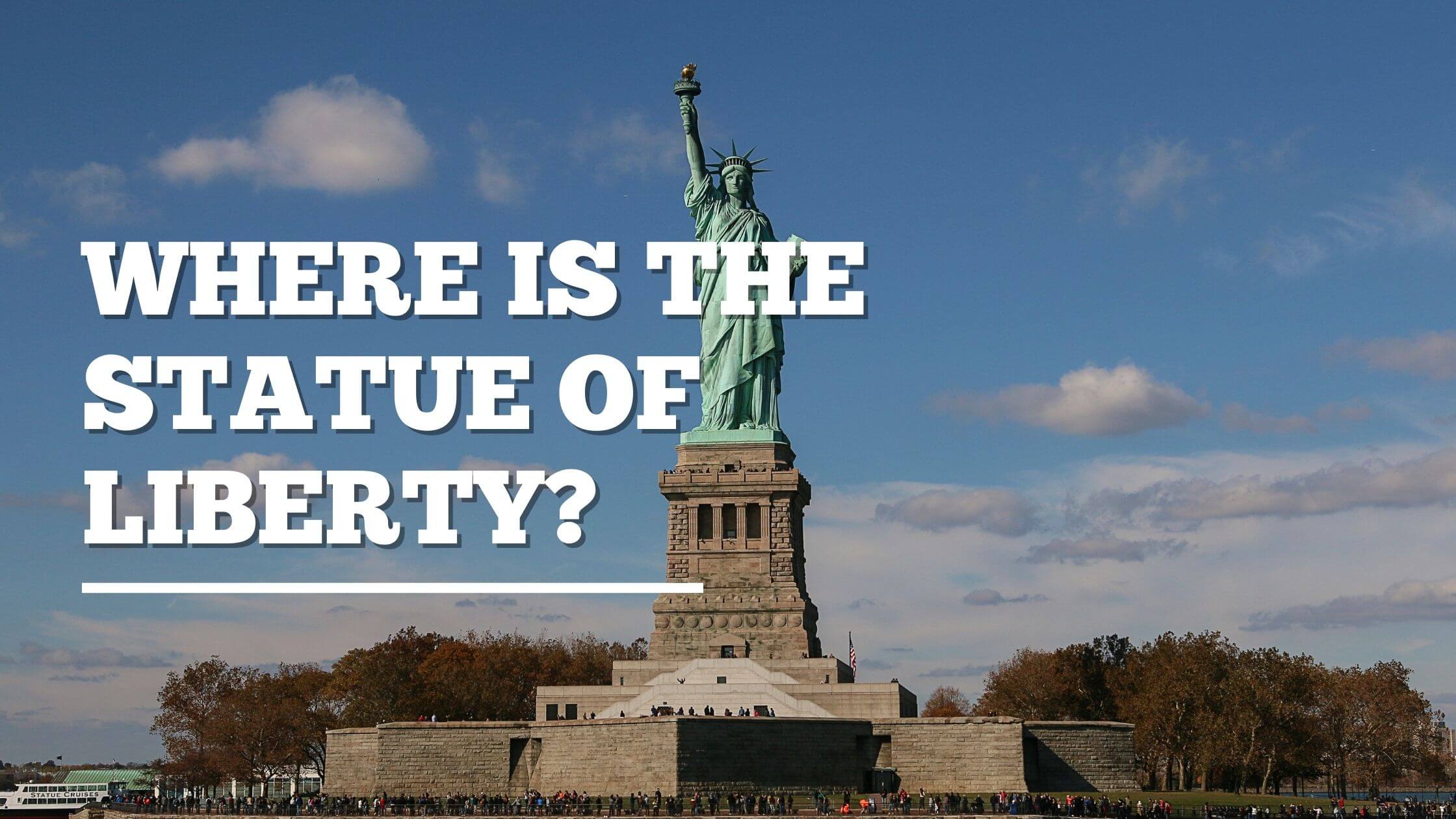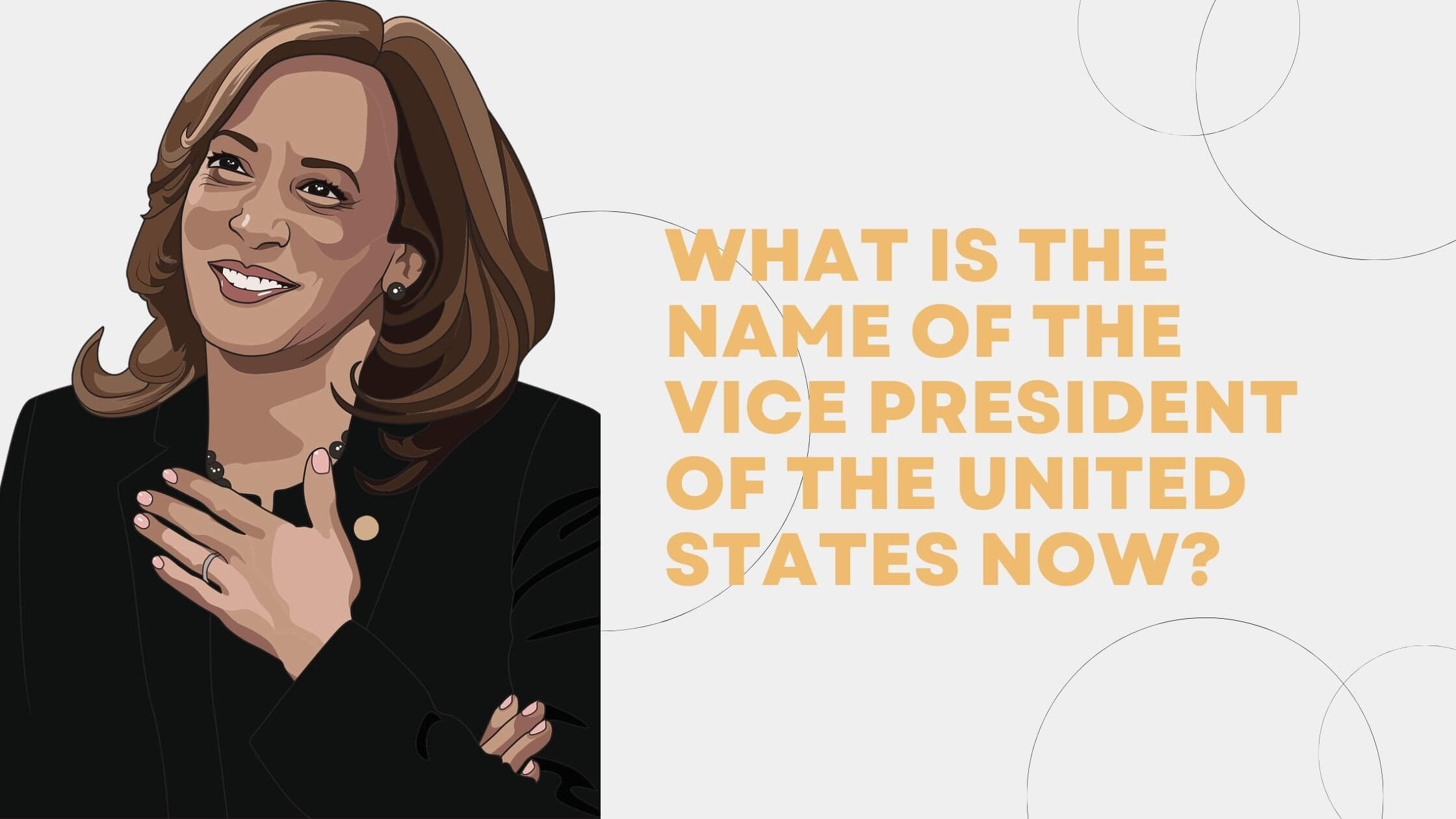Table of Contents
ToggleWhat is the political party of the president now?
Answer:
The current President of the United States, Donald Trump, is a member of the Republican Party. The Republican Party is one of the two major political parties in the United States, along with the Democratic Party, and has played a leading role in American politics since the 19th century.
President Trump began his second term on January 20, 2025, after defeating Democratic nominee Kamala Harris in the 2024 presidential election. His vice president is JD Vance, a former U.S. Senator from Ohio. Together, they lead a Republican administration focused on border security, economic growth, and limiting federal regulation.
Origins of the Republican Party
The Republican Party was founded in the 1850s in opposition to the expansion of slavery into new U.S. territories. It united former members of the Whig Party, the Free Soil Party, and various abolitionist groups. The party’s early message focused on free labor, free land, and opposition to slavery’s spread.
In 1860, the Republican Party achieved national power when Abraham Lincoln was elected president. Under Lincoln’s leadership, the party guided the Union through the Civil War and oversaw the abolition of slavery with the Thirteenth Amendment. After the war, Republicans led Reconstruction and fought to secure rights for newly freed African Americans.
Growth and Change in the 20th Century
During the early 1900s, Republican leaders such as Theodore Roosevelt promoted reform, conservation, and trust-busting while defending capitalism. The party became closely associated with business, economic growth, and individual responsibility.
After the Great Depression began in 1929, the Republican Party lost influence to Democrats under Franklin D. Roosevelt and his New Deal. However, Republicans rebounded in the postwar years with presidents like Dwight D. Eisenhower, who promoted moderation, fiscal responsibility, and opposition to communism.

Get Smarter on US News, History, and the Constitution
Join the thousands of fellow patriots who rely on our 5-minute newsletter to stay informed on the key events and trends that shaped our nation's past and continue to shape its present.
In later decades, the party increasingly aligned with conservative social and economic views. Under leaders such as Richard Nixon and Ronald Reagan, Republicans emphasized limited government, lower taxes, and a strong national defense.
The Civil Rights Era and Political Realignment
The Civil Rights movement of the 1960s led to a shift in the party’s voter base. While early Republicans had supported civil rights, many Southern voters began moving toward the GOP as Democrats embraced new social and racial equality laws. This political realignment helped reshape the American political map.
From the 1970s through the 1990s, Republican presidents like Nixon, Reagan, and George H. W. Bush guided conservative policy. Reagan’s presidency especially defined the modern Republican approach to economics—lower taxes, deregulation, and a belief in free markets.
Republican Party in the 21st Century
In the early 2000s, George W. Bush led the party through major events such as the September 11 attacks and wars in Afghanistan and Iraq. The GOP’s focus shifted toward national security and global leadership.
By the 2010s, the Tea Party movement and populist voices called for reduced taxes, stricter immigration controls, and less federal oversight. These views paved the way for Donald Trump’s rise in 2016. As president, Trump focused on border security, trade reform, and judicial appointments. He left office in 2021 after losing to Democrat Joe Biden, but he remained the dominant figure in Republican politics.
The Republican Party Today
In 2024, Trump ran again and won the presidency, defeating Kamala Harris, who had served as vice president under Joe Biden. His running mate, JD Vance, became the 50th vice President of the United States. The Republican Party also gained control of Congress, giving it significant influence over U.S. policy.
Today, the Republican Party promotes limited government, strong national defense, and conservative values. Its policies emphasize border control, lower taxes, energy independence, and reducing federal regulation. The party’s supporters include conservatives, business owners, and many rural voters.
With President Trump’s return to office, the Republican Party continues to play a central role in shaping U.S. politics. Its direction over the next few years will determine how the nation addresses key challenges in the economy, foreign policy, and social issues.











